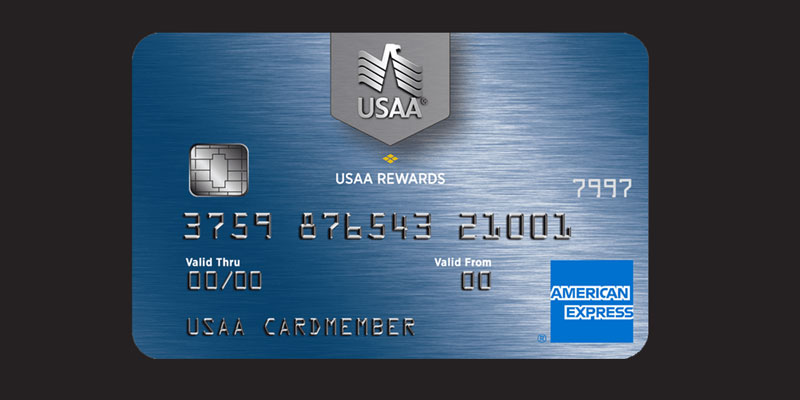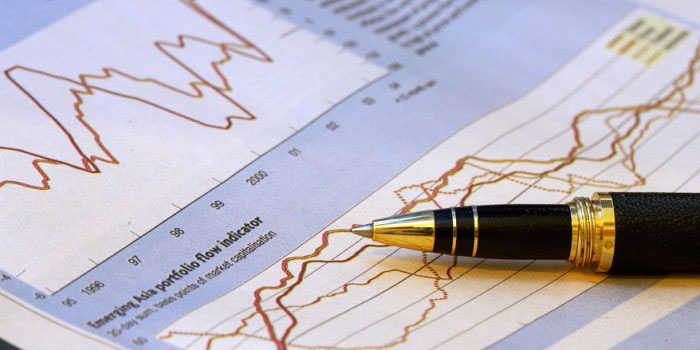The highest amount of money a bank may generate for each unit of money it has in reserves is known as the deposit multiplier. The percentage of the money deposited with the bank that can be lent is the deposit multiplier. The reserve requirement established by the Federal Reserve typically determines that proportion. The deposit multiplier is also known as the basic deposit multiplier or the deposit expansion multiplier. It depends on how much of a bank's deposits can be lent to customers. Bank reserves may be kept in the bank or at a nearby Federal Reserve bank, and the Fed pays banks a modest interest on those reserves. The percentage of funds held in reserve is related to the deposit multiplier. It gives a general sense of how much money banks could generate based on the amount of credit they can offer after deducting reserves.
Learning the Deposit Multiplier

A bank's deposit multiplier is given as a percentage of the complete balance of checkable deposits at the bank. Because of fractional reserve banking, the deposit multiplier is a way for a bank to help increase the amount of money in circulation. Banks "make" money, which is another way of saying they increase the amount of money in circulation. They do this by turning their required reserve amount into a larger number of checkable deposits, which is the same as making more money. The amount of money in circulation grows because of this. The deposit multiplier shows the change in checkable deposits that could happen if the bank's reserves change. This change is always the same as the change in reserves times a specific number.
Calculating the Deposit Multiplier
The deposit multiplier is the opposite of the statutory reserve percentage. The deposit multiplier is five if the reserve requirement is 20%. This is how that is determined:
- 1/.20 is the deposit multiplier
- Deposit multiple equals 5
A bank can raise deposits by $5 by lending for every $1 it holds in reserves. The Federal Reserve uses the reserve requirement as a guide to determine the maximum amount of checkable deposits that a bank can accept. Checkable deposits are demand accounts that can be used to negotiate checks, draughts, or other financial instruments. Reserve requirements are set by the Federal Reserve. Fractional reserve banking is in action here. The bank may lend out 80% of the money on the deposit if the reserve requirement is 20%.
Money Multiplier Versus Deposit Multiplier

The money multiplier and the deposit multiplier are commonly mistaken. Despite being similarly related, the two concepts are separate and cannot be used interchangeably. The money multiplier captures the shift in a country's money supply brought about by capital loans over and above a bank's reserve. It can be thought of as the maximum amount of money that could be created by the multiplier effect of all bank lending. The money multiplier's worth is ultimately lower even though the deposit multiplier serves as its foundation. That results from excess reserves, savings, and consumer conversion to cash.
What Is Banking On Fractional Reserves?
It's a banking method wherein a portion of each deposit is kept in reserve to safeguard bank operations and ensure they can accommodate consumer withdrawal requests. Borrowers may receive loans for the amount not held in reserve. This sustains economic activity by continuously increasing the country's money supply. The Fed can employ fractional reserve banking to influence the money supply by altering its reserve requirement.
How Does the Money Supply Relate to the Deposit Multiplier?
The deposit multiplier shows a bank's lending capacity to increase the money supply. Banks essentially multiply deposits throughout the nation by lending money to borrowers, who then deposit the money in their bank accounts. The deposit multiplier shows how much cash can be generated from a single unit kept in reserve. The deposit multiplier becomes less, and the amount of additional deposits generated by lending decreases as the Fed's reserve requirement rises.
How Is The Deposit Multiplier Calculated?
Consider the reserve requirement for banks set by the Federal Reserve. Divide the sum by one. The amount of potential new money is the outcome. Let's imagine the reserve requirement set by the Fed is 18%. The multiplier for the deposit would be 1/.18, or 5.55. This implies that the money supply might increase by $5.55 for every $1 in bank reserves. The amount of money that can be created increases as the reserve requirement decreases (because more money is available to be lent).




